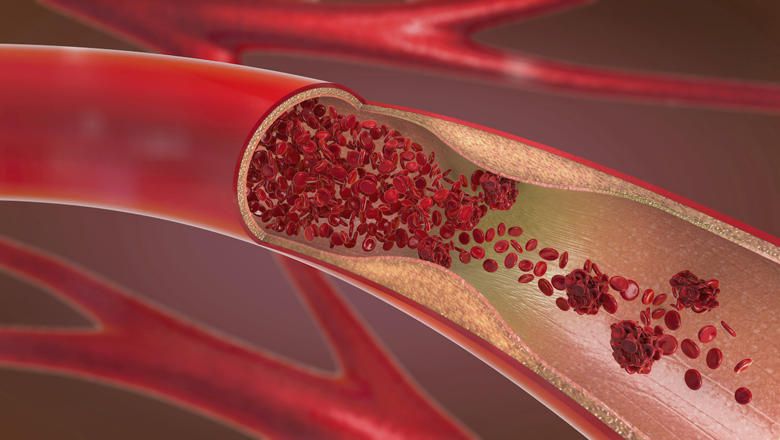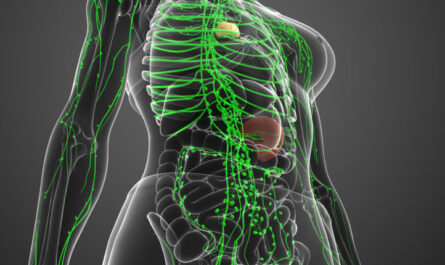Researchers at King’s College London have made a breakthrough discovery in understanding the aging process of blood vessels. The molecule Sox9 has been identified as a key player in a positive feedback loop that accelerates cellular senescence, which is a major contributor to vascular aging. This finding opens up new possibilities for measuring vascular health and developing targeted therapies for `age-related vascular diseases.
Cellular senescence is a process where cells lose their ability to divide, leading to a halt in growth and replication. It is a crucial mechanism in the aging process, affecting various cell types, including those found in blood vessels. Vascular aging often involves the build-up of calcium, known as calcification, and changes to the extracellular matrix (ECM), which is a network of proteins that surround the outer layers of blood vessels.
Sox9, a molecule associated with muscle cells within blood vessels, has long intrigued scientists, but its role in vessel calcification and aging has remained elusive. Dr. Maria Faleeva, a former Ph.D. student at King’s, led a recent study investigating this relationship, which was published in Circulation Research.
Initial analysis of blood vessels from patients did not directly link Sox9 to calcification. However, researchers found that Sox9 correlated with a molecule indicative of senescence, suggesting its involvement in the process.
Further experiments with cultured human muscle cells from blood vessels revealed the role of Sox9 in cellular senescence. As the cells underwent senescence, the expression levels of Sox9 increased, leading to changes in the ECM proteins surrounding the cells and accelerating the senescence process.
To confirm the role of ECM in triggering senescence, young, non-senescent cells were introduced into an ECM modified by Sox9. This resulted in the manifestation of senescence characteristics. Conversely, when senescent cells were grown in an ECM environment lacking Sox9, they resumed proliferation similar to their younger counterparts.
The study also found that the increase in ECM stiffness within senescent cells promoted greater expression of Sox9, which, in turn, further drove senescence in the muscle cells of blood vessels. This created a positive feedback loop that perpetuated cellular senescence and accelerated the aging of blood vessels.
These findings not only shed light on the chemical processes involved in vascular aging but also highlight potential therapeutic targets. Sox9, along with other molecules involved in the process, could be used to monitor vascular health and develop therapies for age-related vascular diseases.
Dr. Maria Faleeva, the lead researcher, expressed hope that understanding the role of molecules like Sox9 in cellular senescence can lead to transformative interventions and improve the quality of life for millions worldwide.
In conclusion, the discovery of Sox9 as a key molecule driving vascular aging paves the way for further research into targeted therapies for age-related vascular diseases. By unraveling the intricacies of this process, scientists can develop interventions to counteract the effects of aging on blood vessels and potentially enhance the overall health and well-being of individuals worldwide.
*Note:
1. Source: Coherent Market Insights, Public sources, Desk research
2. We have leveraged AI tools to mine information and compile it




